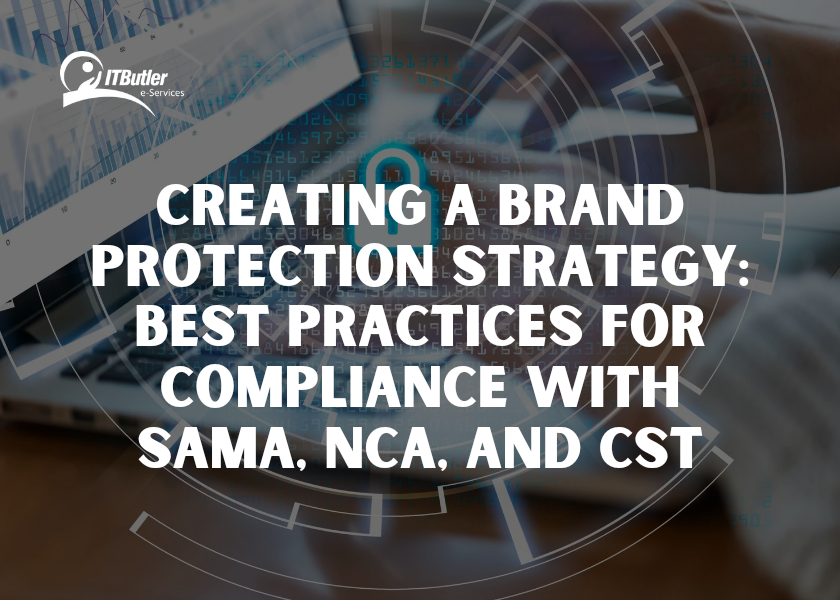Imagine you’re business is doing great. Customers are trusting you, and profits are pouring in, when suddenly a cyberattack hits you. However, it may be a regulators slap a hefty fine upon you for non-compliance. As a result, your brand reputation goes down. But here is the magic of brand protection strategy.
In Saudi Arabia, staying ahead of the game means following the set of rules by SAMA, NCA, and CST. As these big-name regulators aren’t here to mess around. Instead, they’re here to keep your business secure, ethical, and trustworthy. But compliance isn’t just about ticking boxes, it’s about protecting what you’ve built. So let’s learn how to protect your brand without getting on the wrong side of the law.
Why Brand Protection Strategy Matters
Imagine you’ve spent years building its walls, polishing its towers, and making it a welcoming place for customers. But what if someone roughly paints on your wall without your notice?
That’s why brand protection is necessary. As it protects your reputation, helps generate trust from customers, and keeps running your business. However, in Saudi Arabia, strict regulations form an environment. Therefore, adhering to SAMA, NCA, and CST is not just smart but survival.
Best Brand Protection Strategy
Here are some key steps to make sure your brand stays bulletproof:
1. Know Your Regulators
Step one is knowing who you’re dealing with. Here’s a quick intro to the big three:
SAMA: Oversees financial institutions and enforces rules to ensure stability and security in the banking sector. As if you handle money, they’re watching you.
NCA: Emphasizes cybersecurity. As they are more or less electronic guardians of Saudi Arabia who ensure that different business enterprises follow best practices.
CST: Regulates communications, space, and technology. This is rather a think tank kind of wizard that keeps everything connected and on the straight path.
However, each of these bodies has its own rules but wants the same thing, secure, compliant, and trustworthy businesses.
2. Start with Risk Assessment
Think of this as a health check for your brand. Where are the weak spots in your operations? Are you handling customer data securely? Have your employees been trained to deal with security breaches?
Pro Tip: Do regular audits. Spot risks before they become disasters. Sometimes it helps to bring in the experts-an outsider can spot vulnerabilities that you’ve overlooked.
3. Establish a Compliance Framework
Your compliance framework is like a recipe for success: follow it, and you’ll stay out of trouble. Include these ingredients:
Policies: Clear rules for your employees, contractors, and vendors.
Procedures: Step-by-step protocols for dealing with sensitive information, responding to breaches, and meeting regulatory requirements.
Training: Holding regular workshops on keeping the team updated with SAMA, NCA, and CST.
However, don’t forget to review and update your framework annually. As the regulations change faster than social media trends.
4. Cyber Security Is Non-Negotiable
One cyberattack will destroy years of effort. As the NCA has implemented some measures to secure Saudi businesses. Therefore, take a look at these tips and keep yourself safe:
- Multi-factor authentication should be applied to all accounts.
- Update your software on a regular basis (no one wants any hacker exploiting the older vulnerability).
- Encrypt sensitive data both at rest and in transit.
- Run testing to test the vulnerabilities within your system.
5. Keep an Eye on Communication Standards
CST has stringent regulations regarding how business communicates and manages the tech. Therefore, starting from advertising to data storage, everything must be transparent and lawful.
Care that:
-Marketing campaign is free from misleading or deceptive statements
– Your data storages comply with CST standards, local storage may be required.
– Contracts with vendors get reviewed for necessary regulation compliance.
Lastly, CST is the grammar police for tech. If you dot your i’s and cross your t’s, they will find it.
6. Keep an Eye on Your Digital Footprint
However, your digital footprint will make or break your brand. So be sure to check frequently for:
- Fake accounts presenting themselves as your brand
- Negative reviews or comments that need a response (done professionally, of course)
- Use of your intellectual property without authorization.
Set up Google Alerts or employ monitoring tools, and stay abreast of what is being said about your brand online. As a quick response can save you a big headache.

Tips to Make Compliance Less Painful
Compliance can be such a pain. But don’t despair as it doesn’t have to be all doom and gloom. So here are some tips to make it bearable, even enjoyable.
1. Automate What You Can
Use tools to simplify compliance tasks. However, when tracking policy changes, managing employee training, or auditing systems, automation is your friend.
2. Celebrate Small Wins
Did your team pass a compliance audit? Celebrate! Because even small victories can boost morale and make the process more rewarding.
3. Get Everyone Involved
Compliance isn’t just an IT or legal issue instead, it’s everyone’s responsibility. So make it a company-wide effort, and you’ll build a culture of accountability.
Real-Life Example: A Saudi Brand Success Story
Let’s take a hypothetical (but very realistic) case:
The SecurePay Case
SecurePay is a fintech company operating in Saudi Arabia. As the company wanted to comply with the SAMA, NCA, and CST while maintaining its brand reputation. Here is what they did:
- They conducted a risk assessment to find out their vulnerabilities.
- Then, the NCA recommended cybersecurity measures for encryption and multi-factor authentication.
- The SAMA trained their team under the financial regulations.
- Regular marketing campaign auditions ensured that their efforts met CST standards in the way of communicating.
Result: Avoidance of penalties, and this coupled with trust created a name in the fintech business. So customers did not have anything to fear with SecurePay, and the business escalated fast.
Common Mistakes to Avoid
Even the best brands slip up. Here are some pitfalls to dodge:
- Ignoring Updates: Regulations change. So, you know when you are not productively contributing to something? Its categorically clear that you are regressing.
- Underestimating Cybersecurity: Using the ploy of thinking it will not recur within one life time is a very dangerous phrase.
- Overcomplicating Compliance: Remember to always stay basic and stick to the basics.
- Neglecting Training: Your employees act as your initial barrier as far as the public is concerned. If they are not trained you are in a very vulnerable position.
Conclusion
Brand protection strategy planning is not simply a matter of following the rules. However, it’s about developing an image and being able to rely on the processes behind it. By following these guidelines of the best practice, you will achieve the SAMA, NCA, and CST requirements as well. Thus, developing a brand that customers admire, and competitors envy.
So do not forget that compliance is not evil, it is your friend. Further, with some work, you’ll have a strategy as solid as your brand.
So, what are you waiting for? Start today and make sure to build a solid brand protection strategy.






